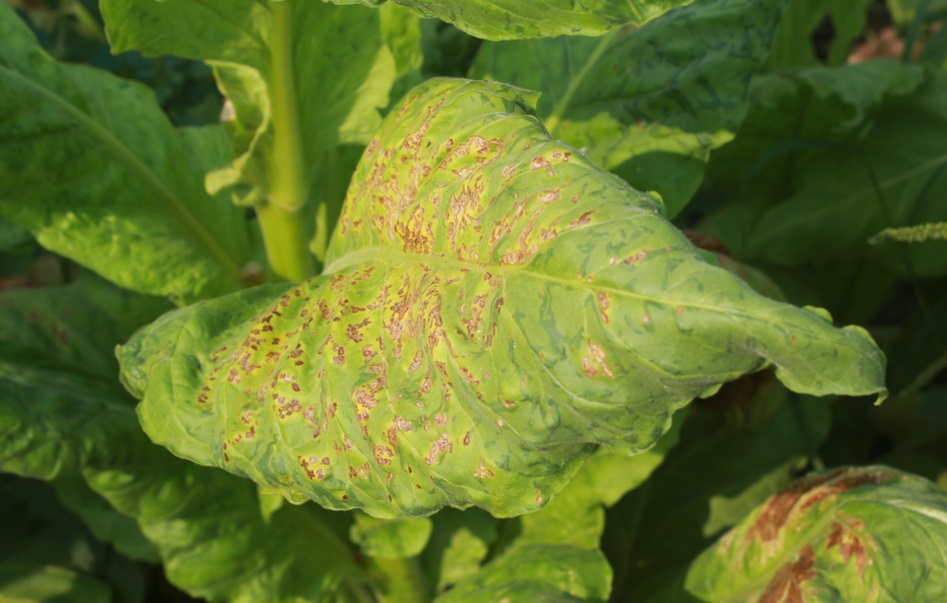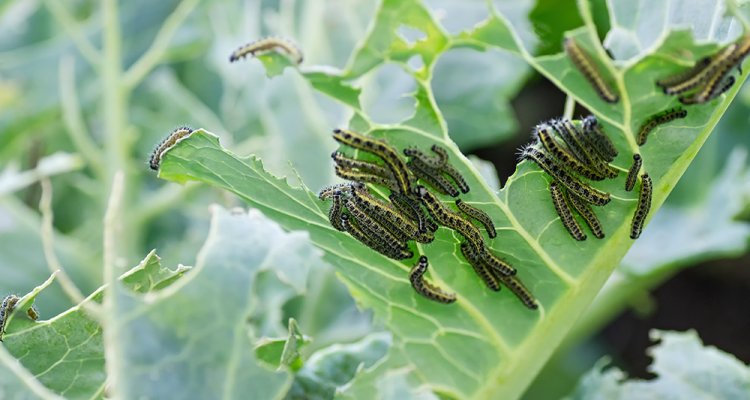No less than 328 different plant viruses spread through aphids. A further 180 viruses are spread through white flies. This information is available to us thanks to WUR’s brand new Plant Virus Transmissions Database. The database was put together by plant virologist Dick Peters, who recently passed away at the age of 91. He was able to see the draft version just before he died.
Dick Peters, a farmer’s son from Groot-Ammers, worked as a plant virologist at WUR his entire life. He obtained his PhD on the potato leaf roll virus in 1967, detailing how the virus was spread through the green peach aphid. He continued to focus on the role of insects in spreading viruses til long after his retirement in 1997.
Important
‘He always maintained an interest in his past work’, says Professor of Ecological Plant Virology René van der Vlugt, one of Peters’ former students. ‘ Years ago, I discovered he was delving into all available literature on how plant viruses spread, with no specific goal in mind. He simply enjoyed doing what he felt was important.’
It would have been an epic waste if he had kept all this information to himself
René van der Vlugt, professor of Ecological Plant Virology
Van der Vlugt acknowledged the importance of this work: ‘It would have been an epic waste if he had kept all this information to himself. These data are unique. Who has the time to do this kind of work nowadays? Who has access to all this old literature, part of which is not available in digital form? I reached out to the library, and that led to this online database. They are the ones who made it happen.’

That was no easy job, says Van der Vlugt. ‘It was quite a technical challenge. There were two files: an Excel sheet with over 4.600 entries on all viruses and their taxonomy, as well as a 286-page Word document with references. A system of codes linked the references to the entries. Information experts merged the two files.’
The database contains information on over 1600 plant viruses and is supported by well over 3500 scientific publications spanning the last hundred years. The database was launched one and a half months ago. A draft version was demonstrated in Madrid during a virology conference eighteen months ago. The definitive version is presented in the latest edition of the Journal of General Virology.
The database is a useful, practical guide that saves scientists a lot of searching. Van der Vlugt: ‘ The database contains a lot of practical information, the existence of which is unknown to many people. It also shows that viruses can spread in multiple ways. And, despite over 120 years of research on this subject, we still don’t know how half of all viruses are transmitted.’
Alarming
The fact that some 800 viruses are transmitted through plant material is alarming. ‘That is really a lot’, says Van der Vlugt. ‘Moving plants and plant materials all over the place allows viruses to spread globally, without anyone realising it. Seed transmission is also a key pathway for transmission, but how viruses make their way into the seeds is not well understood.’

 Photo Sven Menschel
Photo Sven Menschel 

